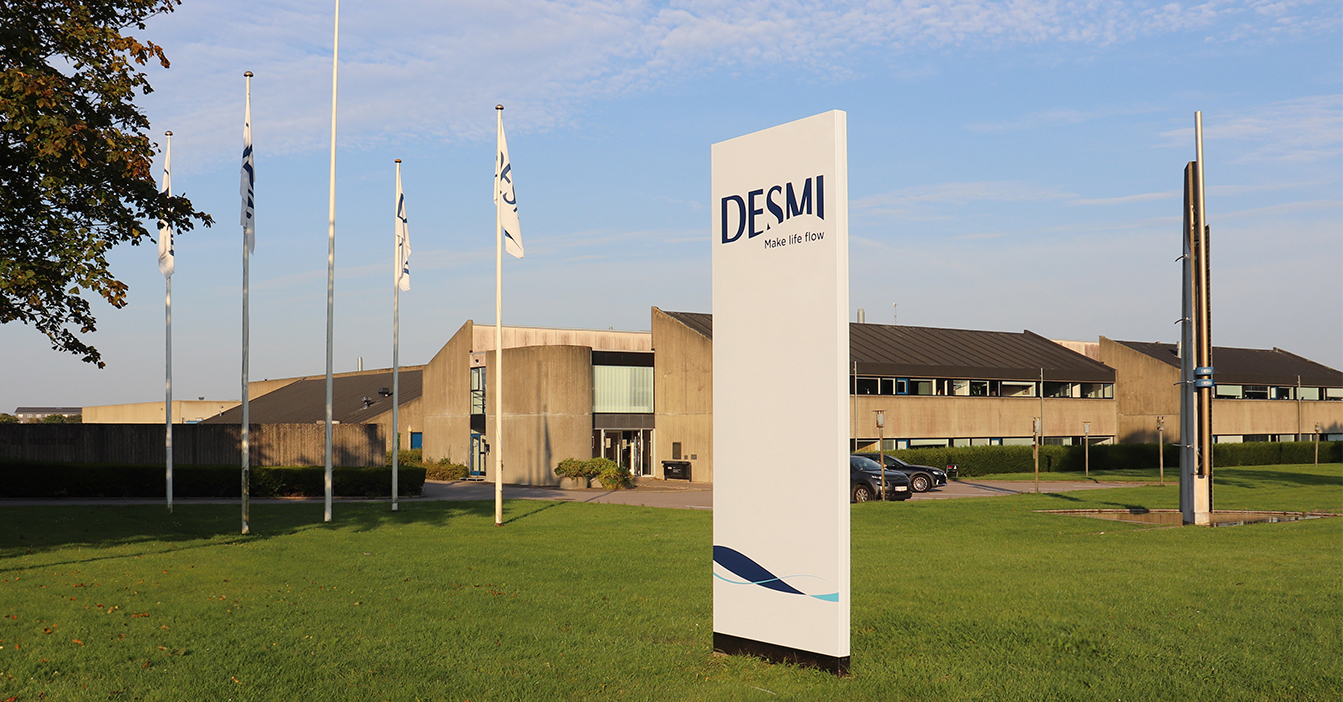What are the Ballast Water Management regulations?
USCG versus IMO
A known challenge for UV-based BWM systems is the different regulations, requirements, and efficacy testing methods adopted by the two regulatory bodies; USCG and the IMO.
The USCG evaluates BWM system performance using a test which measures the number of living organisms after treatment (FDA/CMFDA method). On the other hand, the IMO evaluates UV-based BWM systems by determining whether the treated organisms are viable or non-viable, i.e. are they capable of reproducing.
If they cannot re-produce IMO determines that the organisms do not pose a threat of becoming invasive species.
The organisms’ ability to reproduce is measured with the MPN (most probable number) method. It is a fact that a significant larger UV-dose, approx. 2 – 3 times higher, is required to kill organisms rather than rendering them non-viable.
Switching between codes and modes
This disparity between the USCG and the IMO’s testing methods implies that many UV systems increase UV dose levels when treating ballast water to be discharged in US-regulated waters. This is typically achieved by reducing the water flow with 50% or more while using maximum power settings.
Therefore, these systems have two different operating modes that the operator must choose between before starting a ballast operation: IMO and US. The US mode is essentially an operation mode with max power settings combined with reduced flow.
Numerous complications exist for ship operators using a Ballast water management system that must switch operation modes between US- and IMO-regulated waters. Already during ballast uptake operation, careful attention needs to be paid to whether the ballast water will be discharged in US- or IMO regulated waters. This determines which operation mode of the system must be selected.
The consequence is that the operator of the system needs to know where the ballast water he is taking on board is going to be discharged. If the vessel is taking on ballast water in e.g. Shanghai, but knows that it will be discharged in the US, the US operation mode must be selected, even though the vessel is in China, far from US regulated waters.
Naturally, the selection of either IMO or US mode becomes quite complicated if the operator does not know where the ballast water he is taking on board is going to be discharged. It will be tempting to choose the IMO mode, because US mode will typically mean reduced flow, which leads to longer ballast operation and hence longer port stay.
However, if the IMO mode is used during ballast operation, but then later on it is determined that the ballast water shall be discharged in the US, the ballast water will be non-compliant and must be treated as such.
This means the local port state authorities in the US must be contacted and an agreement about what to do must be reached. This could be a requirement that the vessel must conduct a full ballast water exchange at least 200 nautical miles from shore in water at least 200 metres in depth.
A similar situation will occur if the ship’s next port of call is changed from a non-US port to a US port: All the ballast water on board treated in the IMO mode will then be non-compliant.
The CompactClean does not need a special mode to comply with USCG requirements, but has just one global approved mode for worldwide operations.
The advantage of using a single operation mode globally is that it removes the need to know the de-ballast location at the time of ballast uptake.
This means the ship can never get into a situation where the ballast water on board is compliant for discharge in one location, but not in another.
- No need for switching between codes and modes when loading and discharging your ballast water. No need for knowing the discharge location at the time of loading the ballast water.
With only ONE global operation mode your compliance is ensured – also when changes in route occurs.

